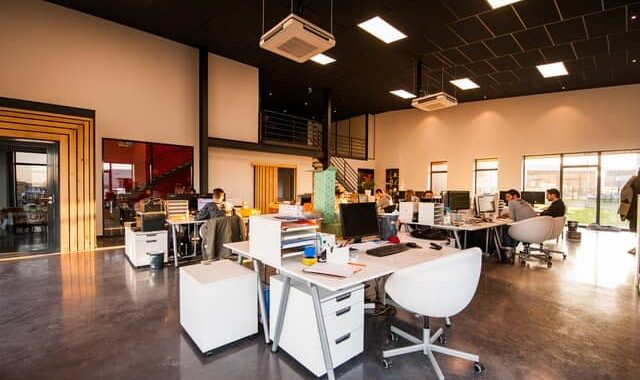
A company, whether large or small, is made up of employees who all have their own personal life and therefore a range of personal constraints that might mean they arrive late for work or need to leave early or need to work part-time. The HR department should take the constraints of employees into account and try to find solutions that both sides are happy with in order to enhance the employee experience.
Related articles:
Employee Experience: Everything You Need to Know
How to Understand and Manage Generation Z
Types of Personal Constraints of Employees
Childcare availability
The most common constraint is childcare availability. Childcare problems are common amongst working parents as either their childcare falls through or their child becomes sick and the parents are forced to take time off work to care for them. Resentment can build up amongst childless employees as they often have to take on the absent employees’ workload.
Caring for a sick or elderly relative
Caring for a sick or elderly relative is another in the list of personal constraints of employees that might mean employees needs to take time off work to accompany the family member to a medical appointment. And as we do not always have the opportunity to choose the date of the appointment ourselves, they could be at peak times such as mid-morning or afternoon, rather than early in the morning or at the end of the day, when the employees might only end up missing an hour or so of work.
Physical and mental health issues
Similarly, physical and mental health issues can also be constraints for employees suffering from either, as they might need to attend medical appointments at inconvenient times or take sick leave, possibly for an extended period.
Transport issues
Transport issues often cause employees to arrive late to work or have to leave early, especially when there is a public transport strike. For example, if a transportation strike is happening, employees might be late for work several times in a row or need to leave work early a number of times. If the employees drive to work, traffic can hold them up in the morning thus causing them to arrive late.
Be Understanding of the Personal Constraints of Employees
It is important to create a safe space to communicate and find a solution to the personal constraints of employees in order to show understanding of their personal issues. The most logical solution to a range of constraints is letting employees work from home on the days they have difficulty getting into the office, be it because they are stuck at home with a sick child or because no trains are running. Working from home means the employees do not have to waste a precious day of paid holiday and you get a productive day’s work out of them, even though they are not physically in the office.
Some employees, especially new mothers, like or need to go part-time due to constraints at home, working 2-4 days per week. This option depends, of course, on a number of things such as whether the person’s manager can spare them for one or more days every week, whether the company can afford to lose those days, whether the department’s workload is too heavy for the others to take on the absent person’s tasks and so on.
Flexible Hours as a Solution
Another way to reply to the constraints of employees is offering flexible hours or floating holidays. Rather than giving employees fixed working hours, giving them a certain number of hours per week to work means that on the days they arrive late or leave early, they will work less hours but can make the time up later on, staying later on other days.
A clock-in clock-out system would ensure that any discrepancies in what employees should work and what employees have actually worked will be flagged so you can keep tabs of their working days and inform them towards the end of the month if they have hours to be made up before month end. This would relieve some pressure from employees as their personal constraints won’t feel like such a burden.
The key to dealing with the constraints of employees is to treat employees in a human way, as individuals with their own set of personal issues and problems, and make their life easier as much as possible, in order to guarantee that they are productive in their jobs. Successfully dealing with the personal constraints of employees meaning putting yourself in their shoes and being flexible.



-640x380.jpg)
